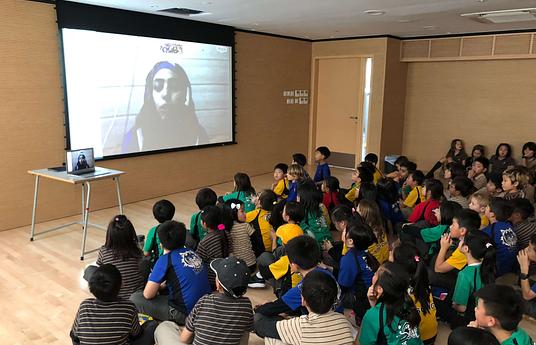A lack of knowledge about local biodiversity and a shortage of educational tools for children and youth to recognize wildlife and learn how to prevent wildlife trafficking. Ultimately, there's a need for a narrative shift from trafficking and biodiversity loss to social appropriation of biodiversity.
Educational manuals were designed for children and youth aged 7 to 14, based on nature-based education methodologies incorporating experiential, inquiry-based, play-based, fluid learning, and creativity education. Nature-based education draws from various pedagogies to make experiences meaningful and yield desired outcomes. These educational tools can be easily applied, providing an active emotional experience to learning, thereby linking education to a systemic view of the planet through recognizing the interdependence and interconnectedness of living beings and their systems. The manuals were shared in different workshops and activities designed for teachers and interested stakeholders to implement in their schools and communities. Participants were also encouraged to provide feedback and share their experiences to build collaborative communities or networks across national territories, integrating efforts to conserve and protect wildlife from illegal trafficking.
Involving local education secretariats and inviting teachers to workshops, we've worked in 17 of Colombia's 32 departments over the past two years, training 900+ educational institutions and 1100+ participants. We've formed 15+ collaborative educator networks. Our manuals feature 20+ replicable activities that are freely accessible, with a website offering relevant biodiversity appropriation info to combat illegal trafficking. In the next two years, we aim to expand across Latin America, addressing similar biodiversity loss and trafficking issues. We plan to engage sectors like tourism and transportation to raise awareness.
The manuals are freely accessible on OpEPA's website. Local governments or organizations can contact OpEPA to adapt workshops to their territory's virtual or in-person needs. As part of this adaptation, OpEPA’s team reviews emblematic local wildlife affected by trafficking, analyzes cultural factors influencing the issue, and reviews existing tools and actions to adjust workshops accordingly.



